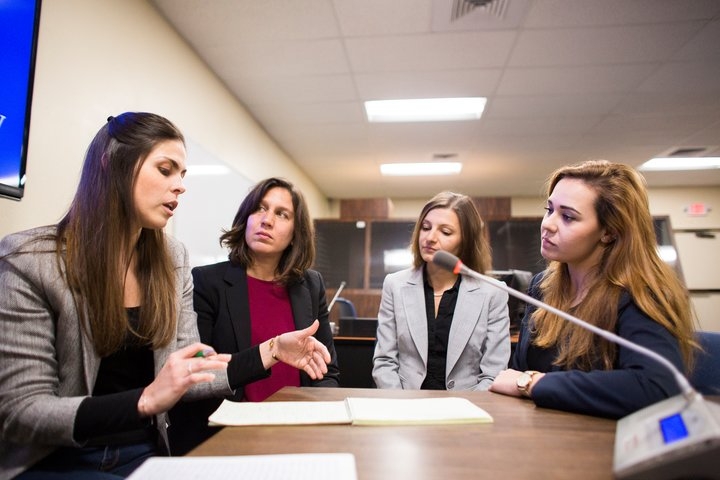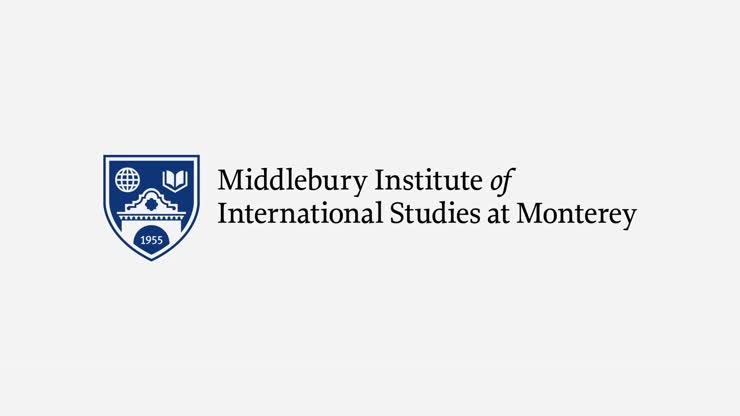New Spanish Community Interpreting Program Launches This Fall
| by Jason Warburg
Students earning a professional certificate in Spanish community interpreting through a new, low-residency Middlebury Institute program only need to spend five days on site in Monterey.




